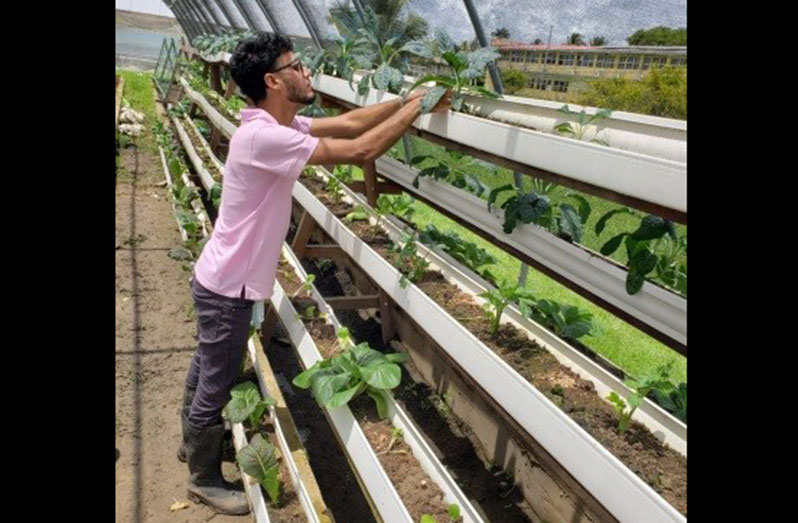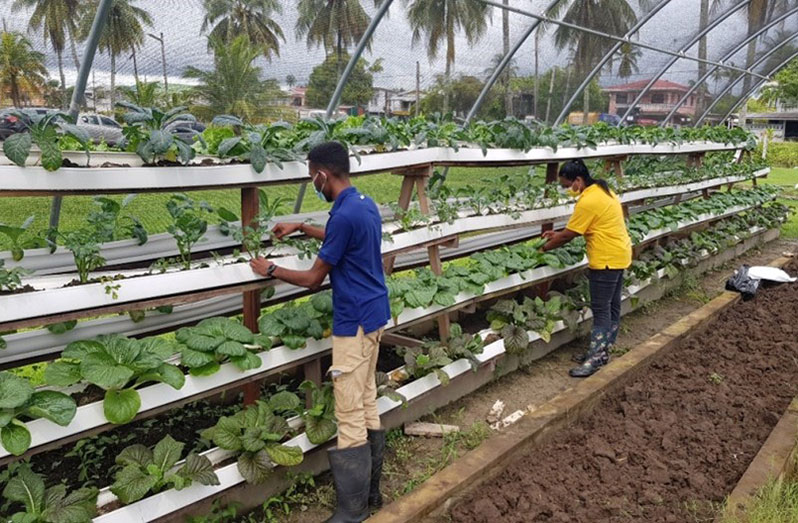MANY of our communities are transforming into industrial and urban centres as the earth’s population increases. This growth, coupled with climate change, poses new challenges to the human populace to produce enough food as farmland acreage decreases and consumers’ demands increase.
Over the past decade, scientists and agronomists have been developing methods to produce double or triple the amount of food, using the same scale of land or less a farmer may cultivate. One of these approaches currently gaining much attention and adaptation is the vertical gardening or farming method.

The notion of farming indoors is not strange to us, since greenhouse agricultural systems have been widely adopted for some time now. These houses have been used for years, providing conditions for numerous commercial crops (such as tomatoes, strawberries, peppers, and cucumbers) to thrive at its maximum production index. Cultivating under shaded facilities compared to outdoor farming fields can aid in year-round production, but few or none of these greenhouses have been constructed as multi-storey facilities.
Vertical farming is a method that uses vertically inclined surfaces to produce food, instead of the traditional method of growing vegetables on a single level in a greenhouse or open field. The National Agricultural Research and Extension Institute (NAREI) is currently evaluating the cost and productivity of various vertical-farming models. The experiment is being conducted at NAREI’s compound, Mon Repos, ECD.

The vertical models installed under the tunnel house are: vertical stack stand using PVC gutters, vertical trellis made of nylon, barrel model using recycled plastic drums, and vertical wall using recycled plastic bottles.
Using vertical farming techniques have numerous advantages, such as: year-round production; reducing soil erosion and runoffs; maximising the use of abandoned structures or unused spaces; minimising crop failures due to harsh weather conditions and reduces the use of fossil fuels, since less farm mechanisation is needed. It also creates new urban employment openings; adds energy back to the grid via methane generation; returns farmlands to nature, aiding in restoring ecosystem functions; reduces pest and disease indices; reduces the need for abundant use of pesticides and herbicides, and offers the possibility of a sustainable food-production engine for our communities.
The experiment is being done to ascertain yields of a wide variety of crops needed to sustain large populations, without exhausting existing resources. With the success of this study, local households in Guyana can better utilise yard space to produce their foods at a cheaper cost and local farmers can increase productivity to reach consumer demand. In addition to that, this method can be utilised to combat major challenges faced due to climate variation in Guyana, such as flooding.




.png)









